Art Nouveau is not just a style; it is a celebration of art and architecture that captivated Europe from 1890 until the outbreak of World War I. With its ornamental designs and innovative use of new technologies, Art Nouveau left a lasting impact on the world of architecture. In this article, we will explore the history, attributes, and examples of this remarkable architectural movement.
What Is Art Nouveau Architecture?
Art Nouveau emerged as a short-lived movement that swept across Europe and the United States between 1890 and 1914. It drew inspiration from the organic forms found in nature, such as flowers, vines, and leaves. Originally an architectural style, Art Nouveau quickly permeated other art forms, including interior design, jewelry, glassware, and poster illustrations.
The Origins of Art Nouveau Architecture
Art Nouveau was a reaction against the academic historicism of the 19th century. Artists and architects sought to incorporate modern technologies and materials, such as glass, ceramics, and iron, into their works. The result was a style characterized by asymmetrical lines and a sense of movement and dynamism.
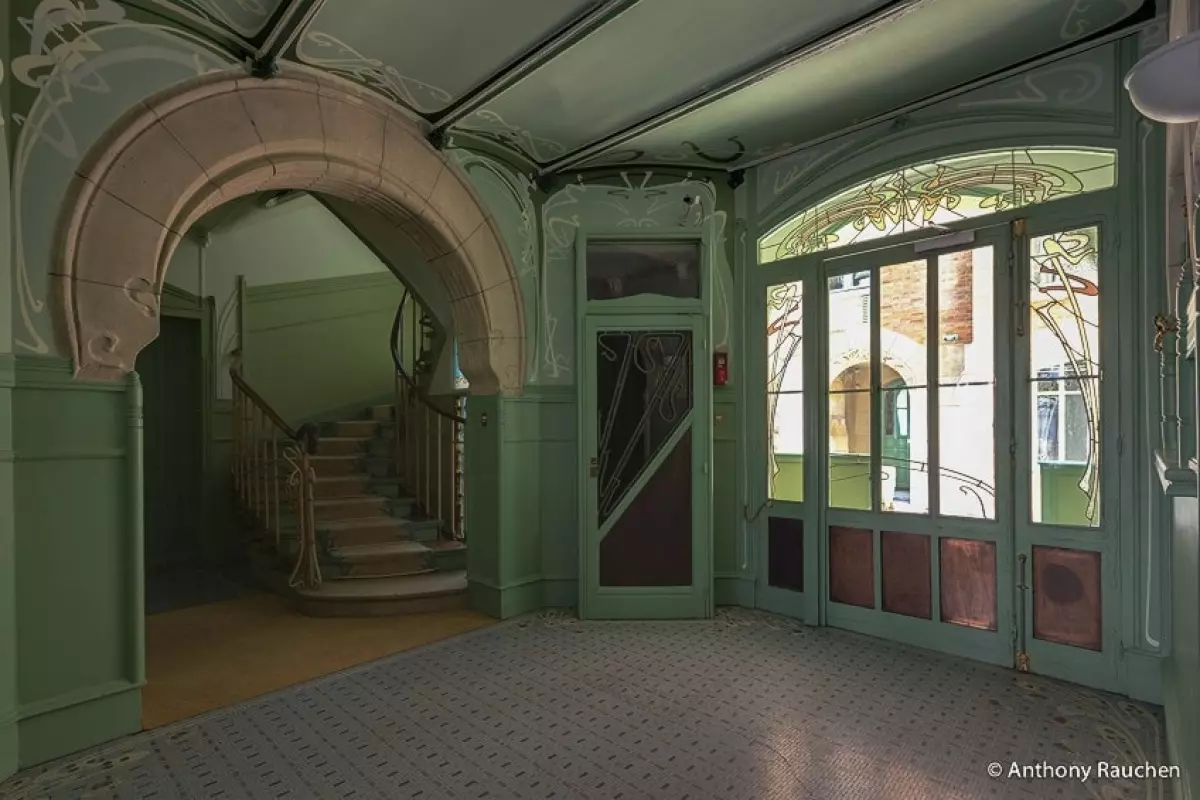 The vestibule of Castel Béranger; Anthony Rauchen, CC BY-SA 4.0, via Wikimedia Commons.
The vestibule of Castel Béranger; Anthony Rauchen, CC BY-SA 4.0, via Wikimedia Commons.
Art Nouveau aimed to create an immersive experience, where every aspect of the design, from wallpaper to silverware, was meticulously crafted. Depending on the country, Art Nouveau is known by different names, such as Jugendstil, Stile Floreale, and Sezionstill.
The Architects of Art Nouveau Buildings
While the Art Nouveau period was relatively short-lived, it produced many magnificent examples of architecture that continue to inspire us today. Let's take a closer look at some of the architects who contributed to this glorious movement.
Antoni Gaudí (1852 - 1926)
Antoni Gaudí, a driving force behind the Catalan Modernism movement, was born in 1852. His unique architecture, found primarily in Barcelona, reflects his deep love for religion, nature, and design. Gaudí incorporated various crafts, such as wrought iron, stained glass, carpentry, and ceramics, into his work. He even used broken ceramics to create stunning mosaic designs.
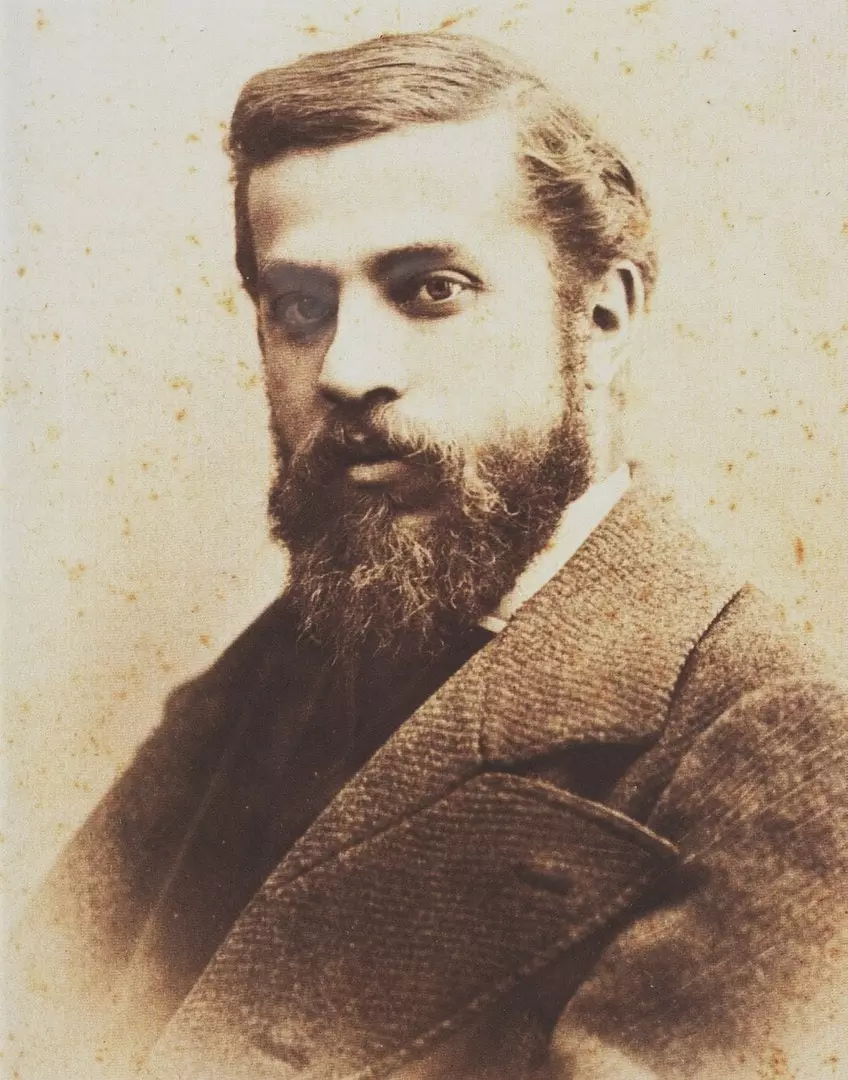 A view of the Carrer de les Carolines in Barcelona, designed by Antoni Gaudí (1883-1889); Txllxt TxllxT, CC BY-SA 4.0, via Wikimedia Commons.
A view of the Carrer de les Carolines in Barcelona, designed by Antoni Gaudí (1883-1889); Txllxt TxllxT, CC BY-SA 4.0, via Wikimedia Commons.
Gaudí's work went beyond the mainstream Art Nouveau style, incorporating organic shapes inspired by the flora of the natural world. His most famous masterpiece, the Sagrada Familia, remains the most visited building in Spain. UNESCO has recognized seven of his Art Nouveau houses as World Heritage sites.
Paul Hankar (1859 - 1901)
Paul Hankar, an architect and furniture designer, was born in 1859 in Belgium. His work, influenced by Hector Guimard and Victor Horta, combined Art Nouveau with Renaissance revival elements. Hankar House, one of the first Art Nouveau buildings, features vivid compositions of Art Nouveau detailing and Renaissance materials.
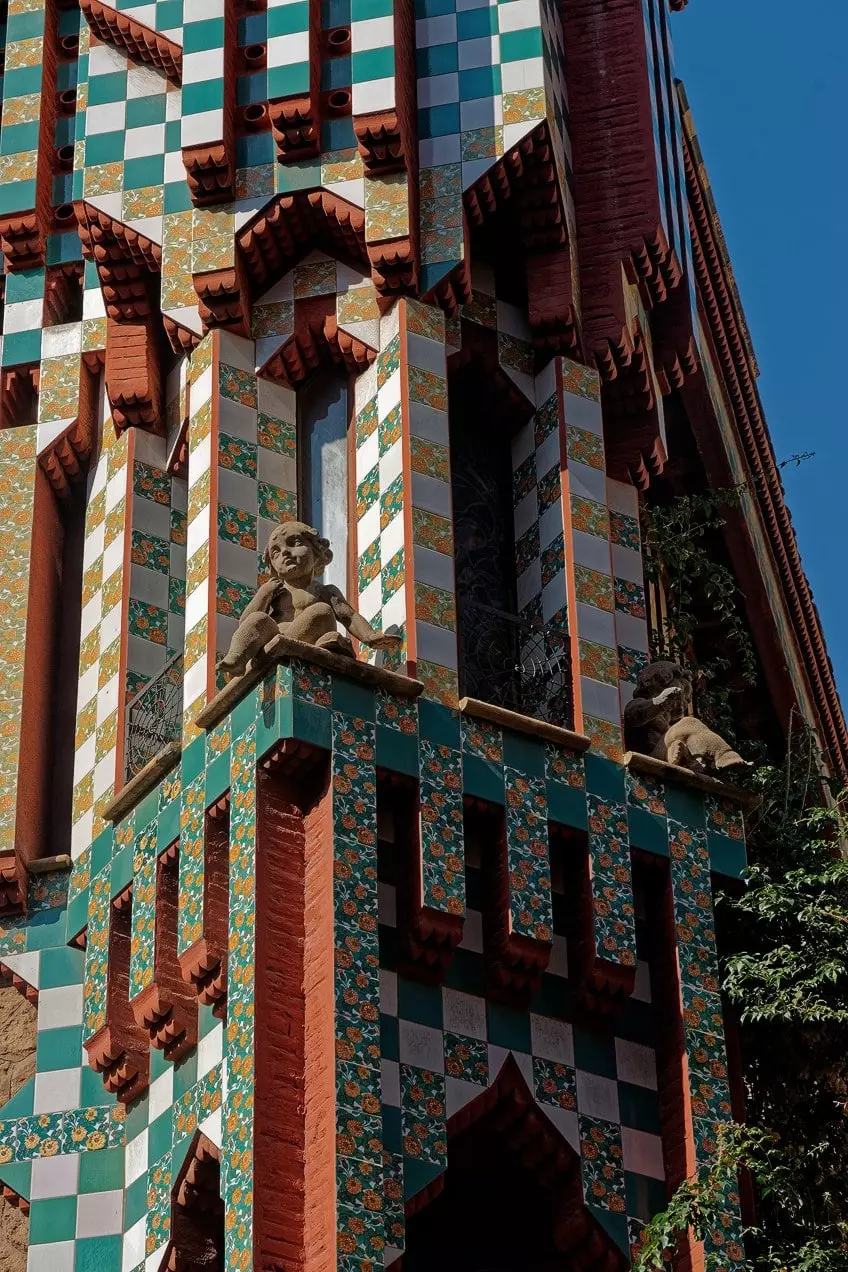 A detail of one of Hankar’s buildings, Defacqzstraat 71; MarekF, CC BY-SA 3.0, via Wikimedia Commons.
A detail of one of Hankar’s buildings, Defacqzstraat 71; MarekF, CC BY-SA 3.0, via Wikimedia Commons.
Hankar's vision extended to the concept of a "City of Artists", a cooperative community of studios and housing for artists. Although never realized, this idea inspired the artist colony in Darmstadt and left an impression on the Vienna Secession. Hankar also held professorships at the University of Brussels and the School of Applied Arts in Schaerbeek.
Victor Horta (1861 - 1947)
Victor Horta, one of the fathers of Art Nouveau architecture, was born in Belgium in 1861. His designs, characterized by their innovative use of iron, glass, and steel, laid the groundwork for modern architecture. Horta's first major breakthrough was the design of the Belgian Professor Emile Tassel's home, known as the Hotel Tassel.
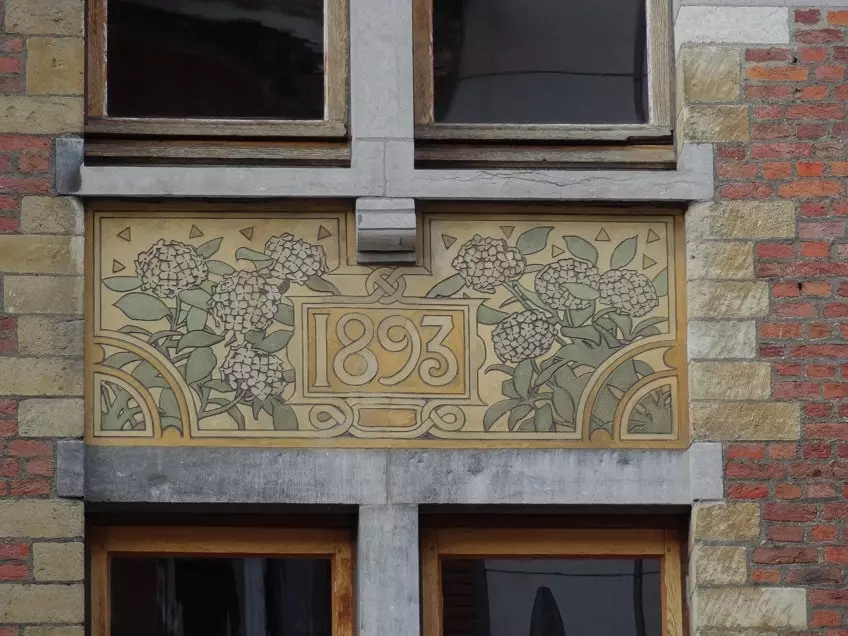 The interior stairway of Tassel House, Brussels; Henry Townsend, Public domain, via Wikimedia Commons.
The interior stairway of Tassel House, Brussels; Henry Townsend, Public domain, via Wikimedia Commons.
Horta's work embodied the curving floral and vegetative themes that became synonymous with Art Nouveau. He used iron and glass to infuse his buildings with light, creating open floor plans that optimized space. Horta's contributions to architecture earned him the title of Baron from King Albert I of Belgium, and four of his buildings are UNESCO World Heritage sites.
Hector Guimard (1867 - 1942)
Hector Guimard, a prominent French designer and architect, was born in 1867. He achieved early success with his design of the Castle Beranger, the first Art Nouveau building in Paris. Guimard's style is characterized by his use of iron canopies, glass, and ornamental curves, as best exemplified in his iconic Paris Metro entrances.
 Main facade of the Villa Berthe, also known as La Hublotière, in Le Vésinet, Yvelines, France; Work of the architect Hector Guimard (1896); Photo: Myrabella / Wikimedia Commons.
Main facade of the Villa Berthe, also known as La Hublotière, in Le Vésinet, Yvelines, France; Work of the architect Hector Guimard (1896); Photo: Myrabella / Wikimedia Commons.
Guimard's work on the Paris Metro stations showcases the essence of Art Nouveau. While his career faced a decline in the mid-20th century, a revival of interest in his architecture sparked renewed appreciation for his unique designs. Notable works include the Castel Beranger and several villas and castles.
Charles Rennie Mackintosh (1868 - 1928)
Charles Rennie Mackintosh, born in Glasgow, Scotland in 1868, was known for his unique blend of Art Nouveau and Symbolism. His work influenced design schools across Europe, including the Secessionism and Art Nouveau movements. Mackintosh's designs exhibited simplicity, minimalism, and an appreciation for Japanese aesthetics.
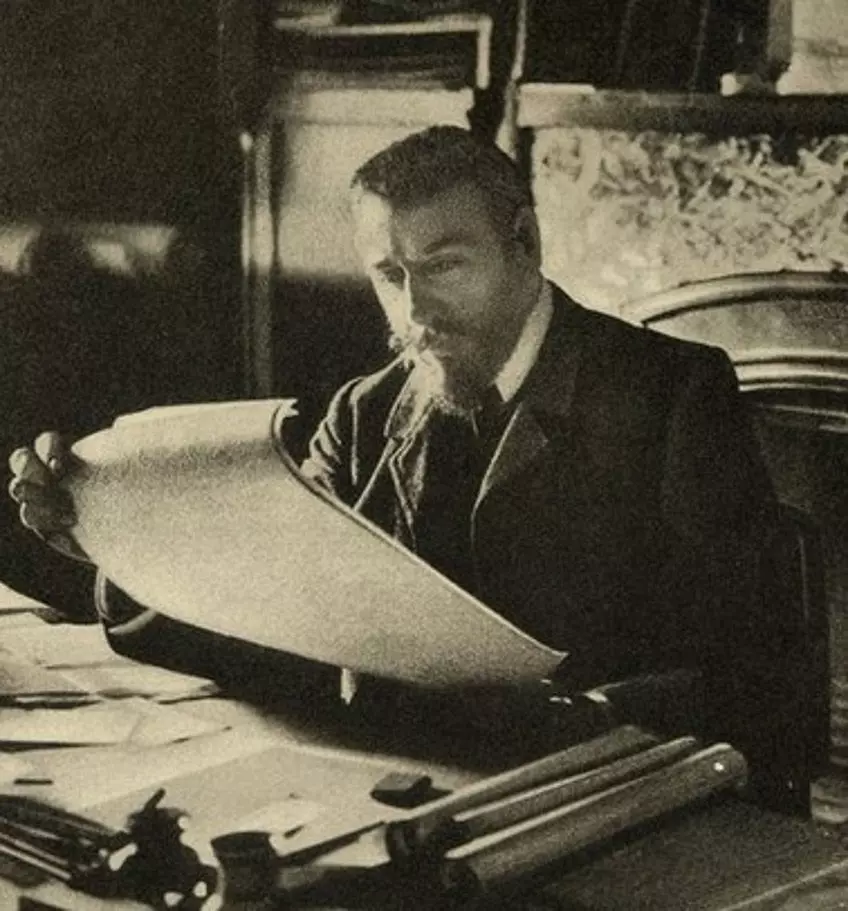 Facade of Charles Rennie Mackintosh’s Scotland Street Museum (1896-1909); Malcolm Neal / Scotland Street Museum.
Facade of Charles Rennie Mackintosh’s Scotland Street Museum (1896-1909); Malcolm Neal / Scotland Street Museum.
Mackintosh's architectural journey began with the Glasgow Herald Building, and he went on to create stunning structures like the Scotland Street Museum. His work played a significant role in the development of British Art Nouveau, and his legacy continues to inspire architects and designers around the world.
Mikhail Eisenstein (1867 - 1920)
Mikhail Eisenstein, an architect and civil engineer born in Ukraine in 1867, played a pivotal role in the development of Art Nouveau in Riga, Latvia. Working alongside architects like Konstantīns Pēkšēns and Eižens Laube, Eisenstein designed many of the first Art Nouveau buildings in Riga.
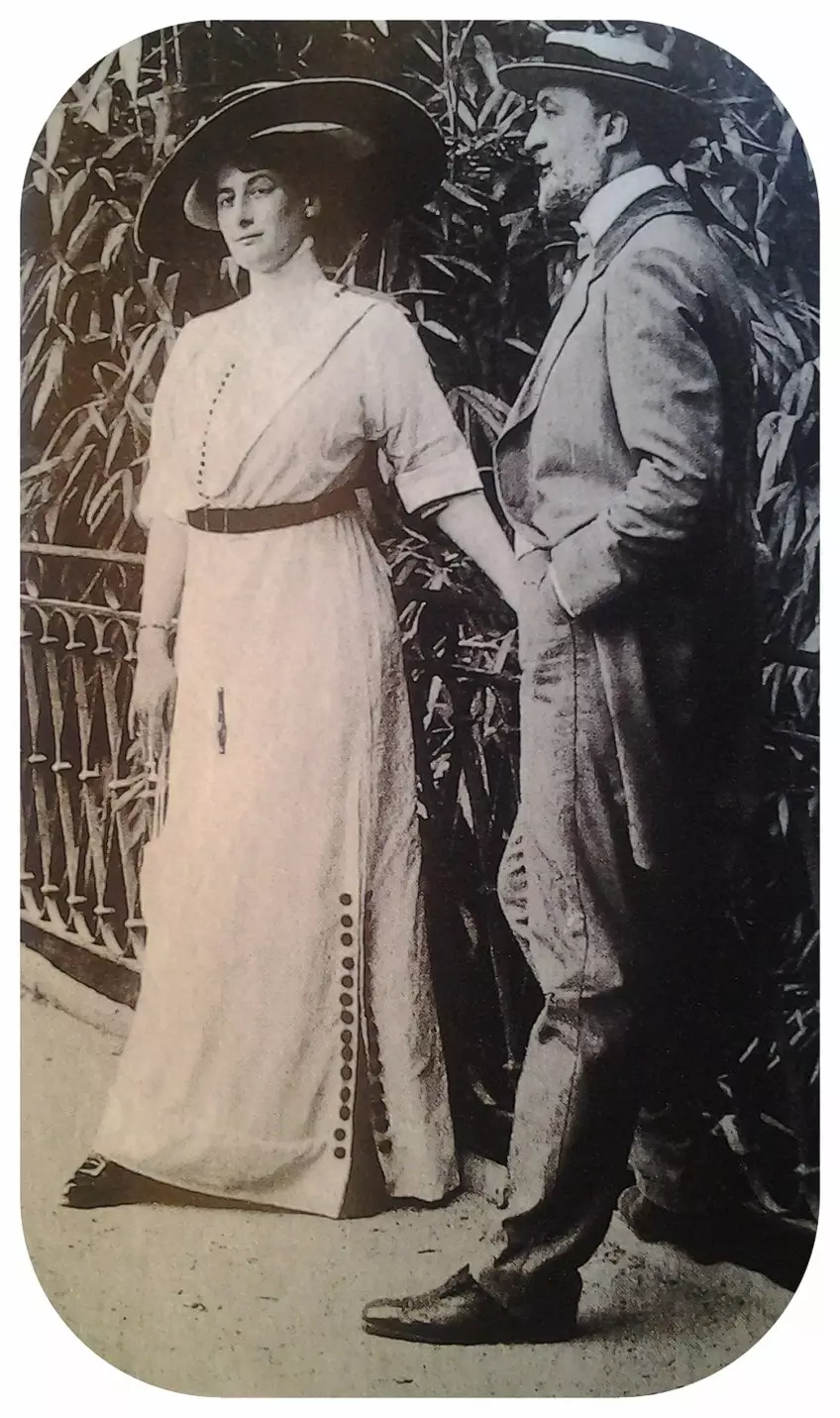 Elizabetes 33 seen from Antonijas street crossing Elizabetes street, designed by Mikhail Eisenstein; Kalnroze (Wikimedia), CC BY-SA 3.0, via Wikimedia Commons.
Elizabetes 33 seen from Antonijas street crossing Elizabetes street, designed by Mikhail Eisenstein; Kalnroze (Wikimedia), CC BY-SA 3.0, via Wikimedia Commons.
Eisenstein's work draws similarities to the Vienna Secession movement, and he was likely influenced by architects from Vienna. Riga boasts the highest concentration of Art Nouveau buildings in the world, thanks in part to Eisenstein's contributions.
Examples of Art Nouveau Architecture
Art Nouveau architecture left behind numerous stunning examples of its beauty and innovation. Here are some famous Art Nouveau buildings that continue to captivate us:
La Sagrada Familia, Barcelona
This iconic basilica in Barcelona, designed by Antoni Gaudí, epitomizes Art Nouveau architecture. Although it remains incomplete, La Sagrada Familia showcases intricate spires and a combination of diverse architectural styles.
Casa Battlò, Barcelona
A masterpiece by Antoni Gaudí, Casa Battlò is a testament to the expressive nature of Art Nouveau. Its colorful mosaics, wrought-iron balconies, and fish-scale roof create a truly enchanting exterior.
Casa Amatller, Barcelona
Combining Art Nouveau, Germanic elements, and Neo-Gothicism, Casa Amatller showcases the versatility of Art Nouveau architecture. This unique building is a true gem in Barcelona's architectural landscape.
Hotel Tassel, Brussels
Victor Horta's Hotel Tassel, the first Art Nouveau building in the world, exhibits the essence of the movement. Its organic shapes, decorative details, and innovative use of materials continue to inspire architects to this day.
Museum of Applied Arts, Budapest
The Museum of Applied Arts in Budapest reflects a fusion of oriental influences and Art Nouveau elements. Its imposing exterior and nature-inspired interior serve as a testament to Hungarian Art Nouveau architecture.
Secession Building, Vienna
Joseph Maria Olbrich's Secession Building in Vienna boldly departed from traditional architectural styles, embracing a new form of Art Nouveau. Its simplistic yet ornamental design makes it an iconic landmark of the city.
In conclusion, Art Nouveau architecture represents an extraordinary movement that revolutionized the world of design and architecture. Its organic forms, innovative use of materials, and dedication to beauty and nature continue to inspire us today.

















